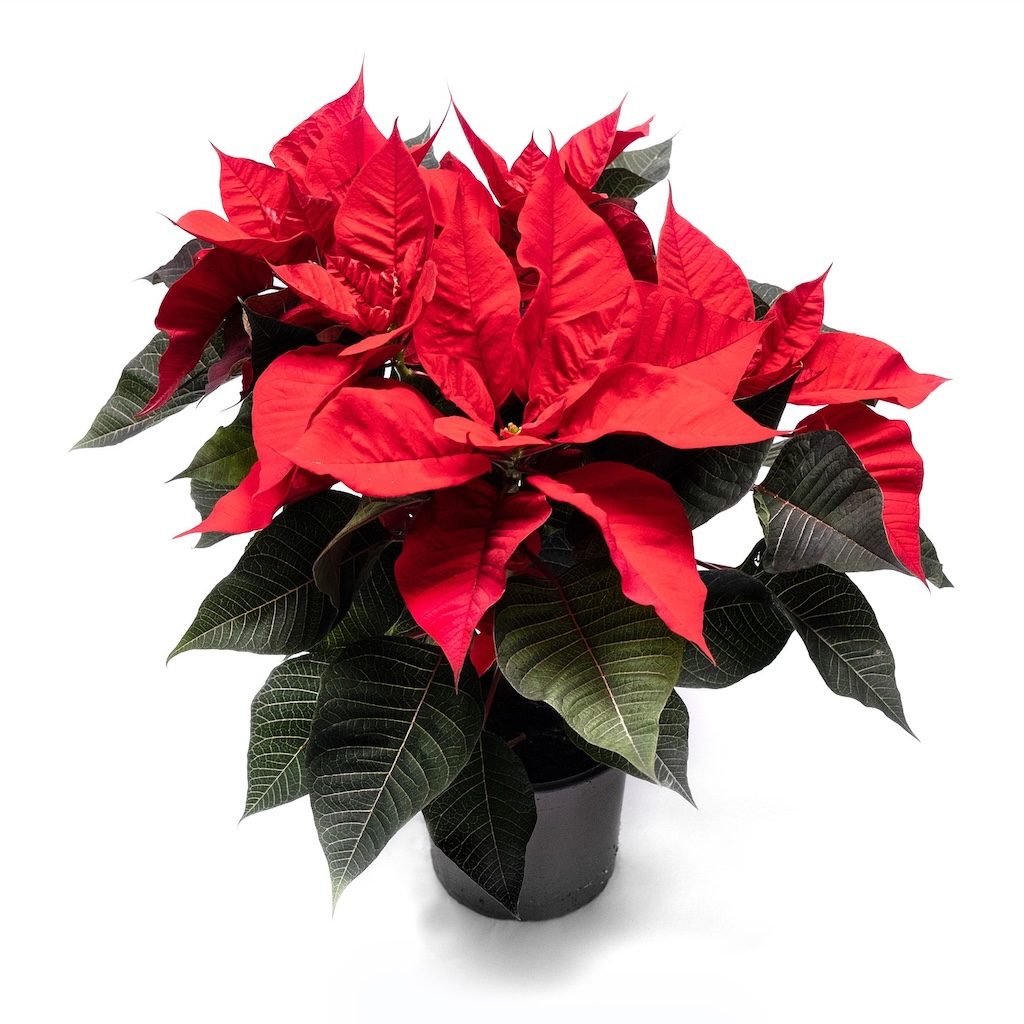
So there it sits on your windowsill – that poinsettia you brought home when the house was full of carols and the fridge was stuffed with leftovers. Now the tree’s gone, the decorations are boxed up, and you’re left wondering what to do with this splash of crimson that seems like a visitor from another season.
I’ve been thinking about that a lot lately. About how we assign things to their proper times and places. Christmas is December, poinsettias are Christmas, therefore poinsettias belong to December. But plants don’t read calendars, do they?
My neighbor Ed’s had the same poinsettia for three years now. Says it’s like having a little piece of perpetual Christmas without the commercialism. I walked over there last week and sure enough, there it was in his south-facing window, red as a cardinal against fresh snow.
The trick, he tells me, isn’t complicated but it does require attention – kinda like most worthwhile relationships. These plants come from Mexico originally, not the North Pole. They’re subtropical and have no business being tossed out with the Christmas wrapping just because the holiday’s over.
If you’ve got one sitting around looking a little sad, here’s what you might try:
Water it only when the soil feels dry to the touch – over-watering is the quickest way to end its life. Those moisture meters they sell online actually work pretty well if you’re not sure about your watering instincts.
Find it a bright spot away from drafts. These plants love light but wilt in cold air. A sunny window with a plant shelf works wonders, especially if your windowsills are narrow.
Don’t fertilize until spring, and then only lightly. Too much plant food is like too much dinner – uncomfortable and ultimately counterproductive.
The leaves will eventually fall – that’s just part of their cycle. When they do, cut the stems back to about 6 inches and keep caring for it. Come May, you can move it outside if nights stay above 50 degrees.
I’ve been reading up on the history of these plants. The Aztecs used them for dye and medicine long before we decided they were Christmas decorations. Makes you wonder what else we’ve assigned arbitrary seasonal value to.
If you’re determined to get it to re-bloom next winter, you’ll need to give it 14 hours of complete darkness each night starting in October. It’s quite a commitment – Ed uses a plant coverand sets a timer. Says it’s worth it to watch those green leaves transform to red again, like witnessing a small miracle.
There’s something to be said for keeping a bit of that December magic alive through the dark months of January and February. While everyone else is rushing toward spring, that poinsettia sits there reminding you that beauty doesn’t have to follow a retail schedule.
Maybe that’s why I like these plants so much. They’re out of step with our hurry-up world. They take their time, do their thing, and if you’re patient enough to stick with them, they’ll reward you with color when everything else has gone dormant.
In a way, they’re like memory itself – lingering after the moment has passed, adding unexpected color to ordinary days. And isn’t that what we’re really after when we drag all those decorations out each December? Not just the celebration itself, but something that stays with us after the party’s over.


